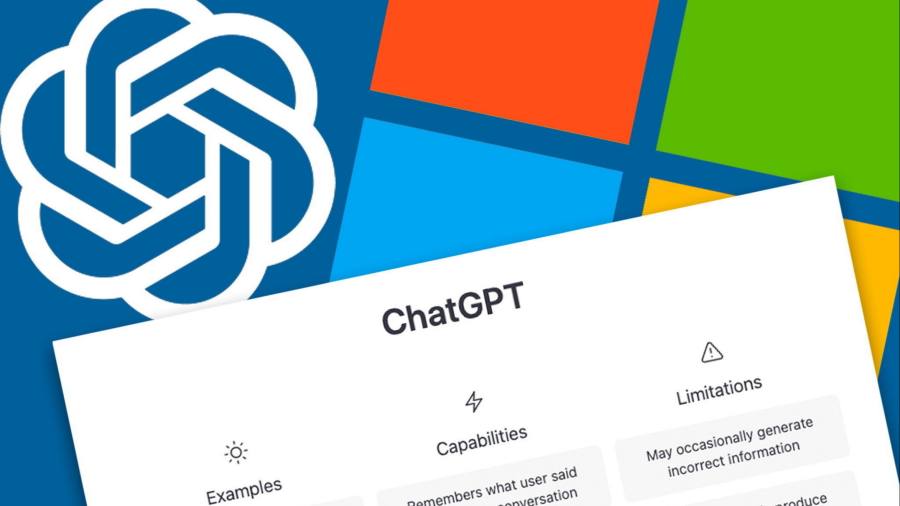
Receive free Artificial intelligence updates
We’ll send you a myFT Daily Digest email rounding up the latest Artificial intelligence news every morning.
Buy, partner or build? That’s the perennial question when an important new technology comes along — and it’s the question just about every company in the tech industry is grappling with when it comes to generative artificial intelligence.
This week, the focus has swung to acquisition. Databricks, a private company that stores and manages large volumes of data for its customers, paid $1.3bn for generative AI start-up MosaicML. Along with developing open-source versions of the kind of large-language models made famous by OpenAI, Mosaic supplies the tools for companies to put the technology to work inside their own businesses, building and refining models using in-house data.
This week also brought news that Thomson Reuters is paying $650mn for Casetext, a 10-year-old AI company specialising in legal services that branched out into generative AI this year. This has shone a spotlight on the sudden importance of knowing how to use the large-language models that power generative AI.
Any company can tap into OpenAI’s underlying models, but Casetext got a jump on the opposition by forging a relationship with the AI start-up early in the development of its latest system, GPT-4. According to Thomson Reuters executives, learning how to steer GPT-4 to solve problems of particular value to lawyers, and knowing the best prompts to get good results from the system, were enough to justify an acquisition.
This spate of acquisitions also shows how quickly the opportunities in generative AI are expanding. In the months after last year’s launch of ChatGPT, the focus was on the companies building large-language models. Led by OpenAI, these included names such as Anthropic, Cohere and Inflection AI (which has just announced its latest, $1.3bn funding round.)
Attention is now shifting to the full range of technologies — and the skills needed to make use of them. With these acquisitions, the value of any company able to create purpose-built models on demand or apply large-scale generative models to specific industries has just skyrocketed.
Yet while a turn to acquisition highlights the centrality that many tech companies believe this technology will soon play in their products, the main focus for most has been on partnerships, anchored in some cases by an equity investment.
Earlier this month, Salesforce doubled the amount of money it has earmarked for investment in AI start-ups to $500mn, as it laid out ambitious plans to build generative AI into many of its products. The news came hot on the heels of its participation in a $450mn investment in Anthropic.
Likewise, Oracle took part in a $270mn investment round in large-model company Cohere earlier this month. Oracle followed up with the declaration that it was partnering closely with the start-up to embed the technology in other services for its own customers.
The use of partnerships sealed by equity stakes looks like a logical first step. They bring immediate access to an important technology. While the industry’s big rivalries have always attracted the most attention, the tech world has long turned on close partnerships like these to deploy important new technologies.
But if large-language models become as central to the future of tech as many in the industry believe, will the biggest tech companies be content to outsource their development?
That question is of particular significance for Microsoft. Its investment of more than $10bn for a large minority stake in OpenAI overshadows the spate of acquisitions and other investments over the past few weeks.
Speaking to the Financial Times earlier this year, Microsoft chief executive Satya Nadella described the relationship as a form of “codependence”, with OpenAI relying on Microsoft as much as the other way around. The AI company needs the supercomputer Microsoft has built and tuned to train its models, he said.
Whether that is a formula for long-term stability in a critical technology partnership, as Nadella claims, is another question. It leaves Microsoft dependent on another company for a core technology. There is no guarantee OpenAI will feel the need to tie itself to Microsoft’s Azure cloud beyond the period of the company’s initial agreement. Nor is it clear yet exactly how OpenAI’s own ambitions will develop, and how much of a direct competitor to Microsoft it may one day become.
But as the tech industry sprints off after an alluring new market, such considerations are easy to put off till another day.